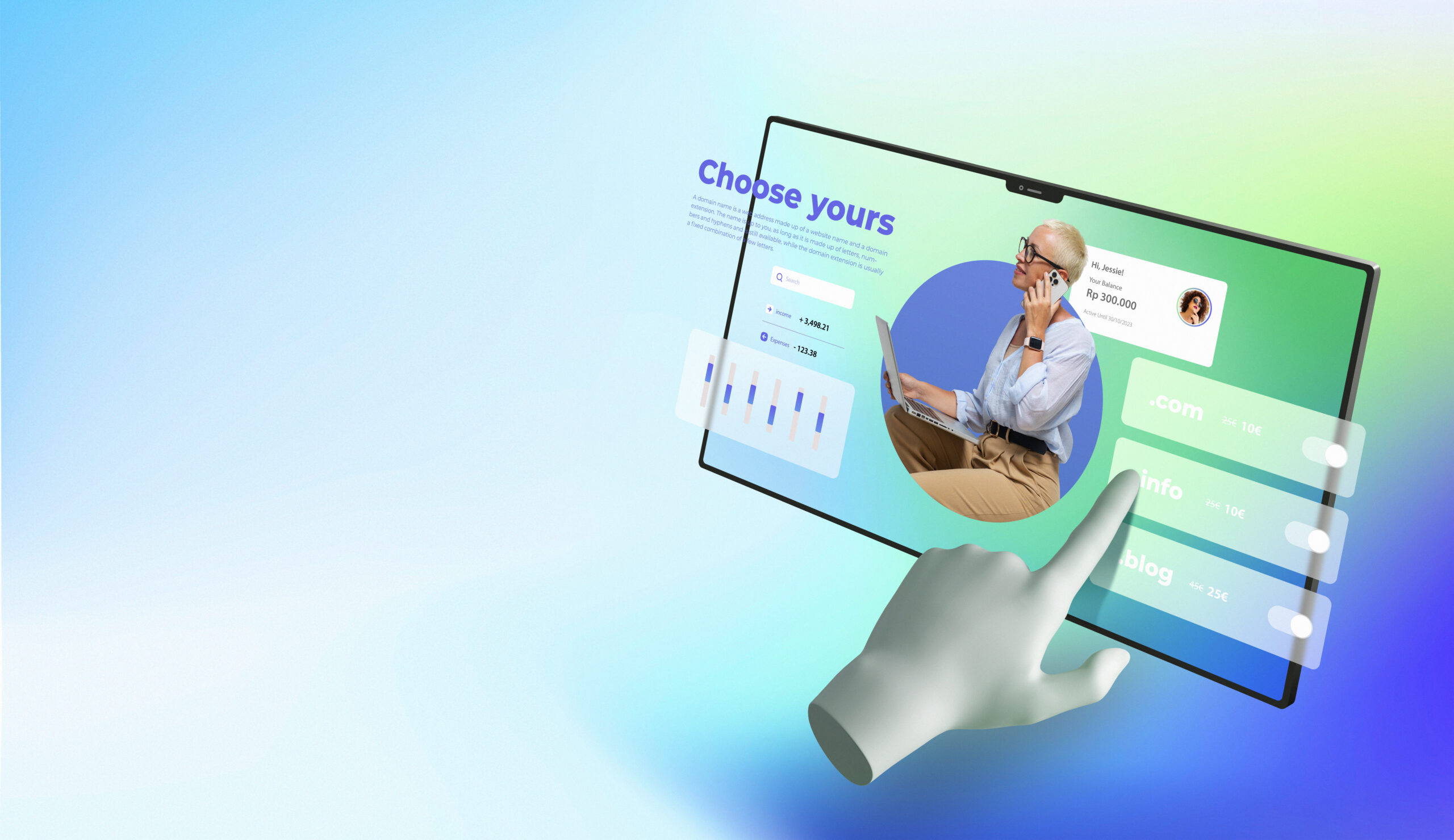Are you a web designer looking to boost your UX design skills? Look no further! In this blog post, we’ll explore the seven essential principles of user-centered design – highlighting key tips, tricks, and techniques that will help you create amazing user experiences.
We know that designing successful online interfaces requires taking multiple factors into account, so our focus here is on helping you understand how best to tailor your designs according to the target audience’s needs and preferences. With these guidelines in mind, get ready for some serious eye candy – it’s time to up your game with the user-centered design!
Ready to elevate your website? Discover the impact of Website Redesign Services from Webtec.
Put the User First
When designing a website, it is crucial to put the user first. After all, a website’s primary function is to serve its users. A user-centric approach involves understanding the end user’s needs, habits, and preferences. It requires thinking about the website from the user’s perspective and creating an experience that is intuitive, engaging, and easy to use.
By prioritizing the user’s experience, you can create a website that is both visually appealing and highly functional. It will not only increase user satisfaction but also lead to improved conversion rates, engagement, and loyalty. So, before you start designing your website, keep in mind that the user’s needs should always come first.
Focus on Usability
When it comes to designing websites, usability should be at the forefront of your mind. No matter how visually stunning your design may be, if visitors can’t easily navigate through it to find what they’re looking for, they’ll quickly become frustrated and move on. Keep in mind that not everyone has the same level of technical proficiency, so aim for simplicity in your design.
Use clear and concise language, and make sure your menus and calls to action are easy to find and understand. By prioritizing usability, you’ll not only improve the user experience but also increase the likelihood of your visitors converting into customers or clients.
Our blog is updated! Click through to read our latest entry: The Journey from Design to Development.
Leverage Technology
In today’s rapidly digitizing world, it has become imperative for businesses to leverage technology to create a better user experience. The latest technologies like AI, machine learning, and predictive analytics have the potential to revolutionize the way businesses interact with their customers. By adopting these cutting-edge technologies, businesses can not only enhance the overall user experience but also streamline their operations, identify actionable insights, and improve decision-making.
Moreover, technology can help businesses stay ahead of the curve by providing them with tools to gauge customer behavior, preferences, and feedback in real time. Therefore, businesses must adopt the latest technologies to remain competitive in today’s fast-paced digital landscape.
Design for Accessibility
Design for accessibility refers to the process of creating products, services, or environments that are easily accessible to people with disabilities. Accessibility is crucial because it ensures that people with disabilities can participate in everyday activities and have equal access to information and opportunities. Designers who consider accessibility from the start of a project can create products that are usable by everyone, regardless of ability. This includes features such as closed captioning for videos, larger font sizes, and wheelchair-accessible entrances.
By prioritizing accessibility, designers can create products that make a positive impact on society and help to ensure that everyone has equal access to information and experiences.
Test Early & Often
Testing your website early and often is a crucial step in ensuring a successful launch. By conducting regular tests throughout the development process, you can identify potential issues and address them before they become major problems. This helps to prevent any delays or setbacks and ensures that your website is functioning as intended when it is finally released.
Testing should include checking for errors in links, images, and functionality across different browsers and devices. By making testing a priority, you can avoid the frustration and negative impact of finding issues after your website has already launched.
Involve Stakeholders
A successful web design is the embodiment of user-centered design principles. It doesn’t materialize instantly; rather, it unfolds through meticulous planning, strategic implementation, and the integration of constant feedback from stakeholders. Embracing user-centered design means that stakeholder involvement is pivotal throughout the web design process. These stakeholders provide invaluable insights and expertise, greatly enriching the usability and aesthetic appeal of the website.
By weaving user-centered design into the fabric of the web design process, you ensure that the final product not only meets the diverse expectations of stakeholders but also resonates with the end-users, accurately reflecting your brand’s ethos. The engagement of stakeholders cultivates a collaborative environment and paves the way for identifying and resolving potential issues early in the design phase. Ultimately, the more the design process is rooted in user-centered practices, with stakeholders contributing regularly, the more refined and effective the website will emerge.
Conclusion
In the end, the user should always remain at the core of your web design. It’s easy to get caught up in all the bells and whistles that come with modern website-building technology but prioritize how seamless it is for a user to navigate through your page. Keeping these six principles of user-centered web design in mind will help ensure you have a website that users won’t soon forget!
We know our blog readers are putting their best foot forward when it comes to providing usable, delightful experiences on the web – so don’t forget to take a few moments out of your day to celebrate all that hard work. With hustle and hoorah, you can make sure your website is optimized for success.


